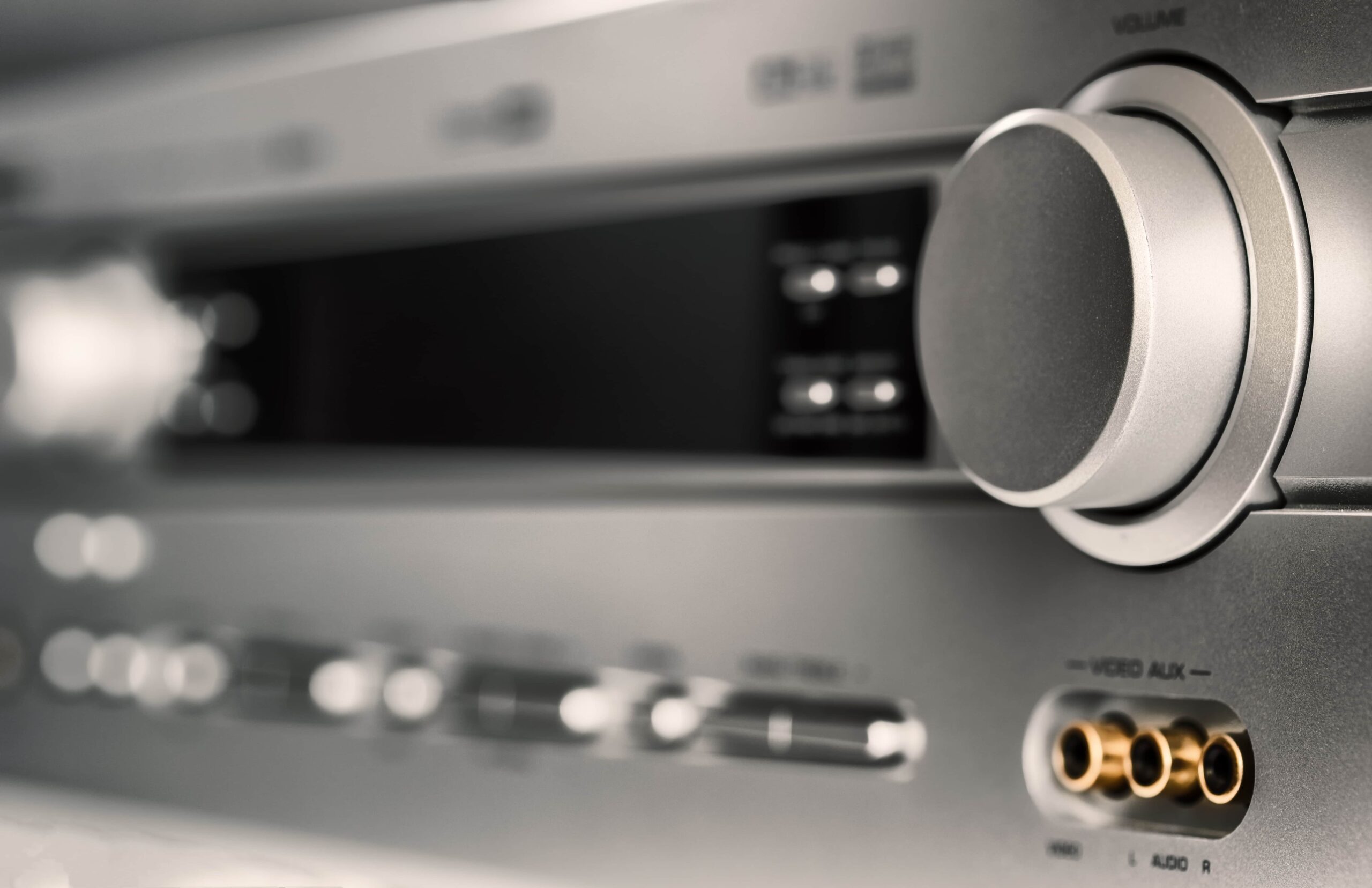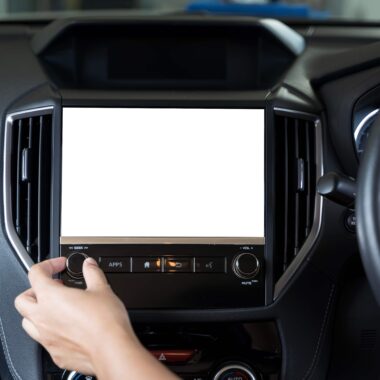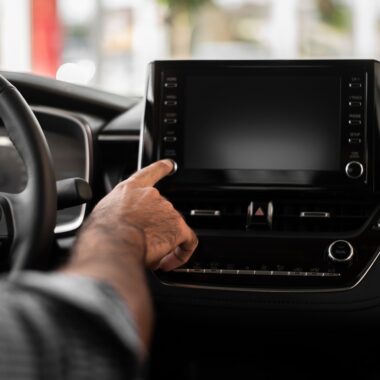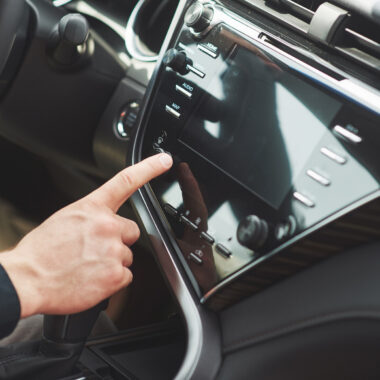Have you ever been cruising through Bedford, maybe past the Embankment on a sunny day, or stuck in a bit of traffic on the A421, and just wished your car’s sound system could deliver a bit more oomph? That factory stereo, bless its heart, often sounds as flat as a week-old pint. It’s functional, sure, but it completely fails to capture the richness, the punch, and the sheer joy of your favorite tracks. If you’re nodding your head right now, trust me, you’re not alone. We’re going to dive into the world of car audio upgrades in Bedford, focusing on the crucial components: speakers, your amplifiers (amps), and your head unit so you can transform your daily commute into a private concert.
Why Your Factory Car Stereo Just Isn’t Cutting It Anymore
Let’s face it: car manufacturers treat the audio system as an afterthought. It’s an unavoidable, minimum viable product designed to tick a box, not deliver a sensational listening experience.
The Bedford Driving Experience: Why Great Sound Matters
Think about how much time you spend in your car. Whether you’re heading into Milton Keynes for work, doing the school run, or escaping to the countryside, your car is essentially a mobile listening room. Why settle for muddled audio, which lacks bass and distorts the moment you turn the volume up past the halfway mark? Upgrading your audio isn’t about just making your music louder; it’s about making it better. It’s about clarity, depth, and the feeling that the artist is performing right there in your passenger seat. If you’ve ever heard a truly remarkable system, you know the difference is night and day. It changes the entire atmosphere of your drive.
Understanding the “Sound Chain”: Source, Power, and Output
To understand where your factory system is failing, you need to know the fundamental chain of car audio. It’s a bit like plumbing!
- Source (Head Unit): The brain that receives the audio signal (from a CD, radio, or Bluetooth).
- Power (Amplifier): The muscle that boosts that signal, making it strong and clean.
- Output (Speakers): The voice that converts the electrical signal into sound waves.
Most factory systems are weak in all three areas. They use cheap head units, low-powered internal amps, and basic, paper-cone speakers. Our mission is to replace those weak links with high-quality components designed to work together in perfect synergy.
The Holy Trinity of Car Audio: Head Units, Speakers, and Amplifiers
We need to treat this upgrade as a holistic system, not just a random collection of parts. Let’s break down the three core elements.
The Brain of the Operation: Choosing the Perfect Head Unit (Car Stereo)
Your head unit is the command center. While it’s tempting to keep the factory stereo for aesthetics, replacing it is often the single best starting point for a system overhaul. Why? A good aftermarket head unit provides a much cleaner audio signal and better control over that signal.
Single DIN vs. Double DIN: What Fits Your Dash in Bedford?
When you look at your dash, you’re looking at one of two standard sizes:
- Single DIN: A thinner, more traditional radio size (about 2 inches tall).
- Double DIN: A larger slot (about 4 inches tall) that accommodates modern touchscreen units.
Most newer cars in Bedford will have a Double DIN slot, allowing for spectacular multimedia features. You can often buy a fascia adapter to make a new unit look factory-installed, no matter what size you choose.
Connectivity is Key: Apple CarPlay, Android Auto, and Bluetooth
Let’s be honest: in 2025, if your head unit doesn’t have Apple CarPlay or Android Auto, it’s ancient history. These features integrate your smartphone directly, giving you safe, easy access to navigation, music, and calls via the large touchscreen. It’s a massive upgrade in convenience and safety. Look for units that also offer high-quality Bluetooth streaming for the best signal transfer.
The Power of Preamp Outputs: A Must for Serious Upgrades
This is a technical, but crucial point. If you plan on adding a dedicated amp (and you should!), you need a head unit with preamp outputs (RCA outputs). These send a clean, low-level signal before the head unit’s internal, lower-quality amplifier can add distortion. It’s the cleanest possible feed for your new, powerful external amplifier.
Where the Magic Happens: Selecting the Right Speakers
The most apparent, most noticeable change will come from upgrading your speakers. Think of your speakers as the voice of your system. You wouldn’t put a world-class singer on a cheap karaoke machine, would you?
Coaxial vs. Component Speakers: Clarity vs. Simplicity
You generally have two main choices when looking at new speakers:
- Coaxial Speakers (Full-Range): These are the simplest, most popular choice. The woofer (for mid-range and bass) and the tweeter (for high notes) are combined into one unit. They’re an excellent drop-in replacement for factory speakers and are perfect for a quick, impactful upgrade.
- Component Speakers: This is the audiophile’s choice. They separate the woofer and the tweeter, often including a separate crossover network. The tweeter can be mounted higher up, closer to ear level (e.g., in the dash or door pillar), which drastically improves the “soundstage,” making it sound like the music is happening in front of you, not down by your knees.
If your budget allows and you crave the ultimate sound quality, go for components. If you want a noticeable improvement without major installation fuss, coaxials are your winner.
Decoding Speaker Specs: Sensitivity, Power Handling (RMS), and Size
Don’t let the numbers scare you! Two specs are most important:
- Sensitivity (measured in dB): This tells you how loud a speaker plays with a given amount of power.
- High Sensitivity (over 90dB): Great for running directly off a factory head unit or a low-powered amp. They get loud easily.
- Low Sensitivity (under 90dB): Best when paired with a powerful, dedicated external amplifier. They handle more power and offer better sound quality at high volume.
- Power Handling (RMS): This is the continuous, safe amount of power a speaker can handle. Always match the amplifier’s output (in watts RMS) to your speaker’s RMS power handling. Ignoring this is the fastest way to blow a speaker or have an underpowered, distorted sound.
The final consideration is size. Your car’s door panels and dash have specific cutouts (e.g., 6.5-inch, 5.25-inch). You must choose speakers that fit! Reputable Bedford installers can help you find speakers guaranteed to fit your particular make and model.
The Underrated Subwoofer: Bringing the Bass to Bedford
Your standard speakers can only reproduce a limited amount of low-frequency sound. If you want that deep, resonant, chest-thumping bass that truly rounds out the music from a powerful orchestral score to a grim track, you absolutely need a subwoofer.
Subwoofers come in a few flavors:
- Boxed Subwoofers: A traditional speaker in a large, often custom-built enclosure. They take up boot space but deliver the deepest, loudest bass.
- Powered Subwoofers: A more compact unit that has the amplifier built right into the enclosure. They’re often designed to fit under a seat or in a small space, offering a fantastic balance of sound and practicality.
The Muscle: Why You Need a Dedicated Amplifier
If the head unit is the brain and the speakers are the voice, then the amplifier is the muscle. It’s what gives your system power and control.
Clean Power vs. Head Unit Power: The Distortion Debate
A factory head unit usually puts out a tiny amount of power, 15-20 watts RMS per channel. When you crank that up, the signal becomes “clipped” or distorted, which sounds terrible and can damage your new speakers. A dedicated external amp, even a small one, provides dramatically cleaner, more stable power (often 50–100 watts RMS or more per channel). This clean power means you can listen at high volumes without any distortion, allowing your speakers to perform at their absolute best.
Matching the Amp to Your Speakers: Power Handling Synergy.
This is the golden rule of car audio: Match the amplifier’s RMS output to your speakers’ RMS rating.
- If your speaker is rated for 50 watts RMS, your amplifier should output around 50 to 75 watts RMS per channel.
- The amp’s output should never be drastically lower than the speaker’s rating, as this leads to clipping and distortion when you try to turn it up.
- It also shouldn’t be massively higher, as you risk overpowering and damaging the speakers.
A knowledgeable installer will always help you get this synergy perfect.
Mono vs. Multi-Channel Amps: What’s Best for Your System?
- Multi-Channel (2- or 4-Channel): These are used to power your central front and rear speakers. A 4-channel amp is the most common, as it can run both your front and rear speakers, or be “bridged” to power a set of component speakers and a small subwoofer.
- Mono-Channel (Mono Block): These are designed specifically to power a single subwoofer. They are built to be highly efficient at high power and low impedance (ohms), which is precisely what a subwoofer demands for deep bass.
Planning Your Bedford Audio Upgrade: A Step-by-Step Approach
You don’t have to do everything at once! You can build your dream system in stages.
The All-Important Budget: How Much Should You Spend?
Set a realistic budget. A simple head unit and coaxial speaker swap might start around £300-£500 (plus fitting). At the same time, a full, high-end system with custom subwoofer enclosures and multiple amplifiers can easily run into thousands. As a good rule of thumb, you should aim to allocate your budget roughly like this:
- 40% Speakers (they are the final sound output!)
- 30% Amplifier(s) (for clean power)
- 20% Head Unit (the source and control)
- 10% Installation/Wiring/Sound Deadening (the foundational infrastructure)
Stage One: The Simple Speaker Swap
The easiest and often most immediate improvement is simply replacing the stock speakers with high-sensitivity, good-quality coaxial speakers. Pair this with a new head unit that offers better connectivity (CarPlay/Android Auto) and a cleaner internal amp. You’ll notice a massive leap in clarity and functionality straight away.
Stage Two: Adding an Amp and Subwoofer for Depth
Ready for more? Add a small 4-channel amp to power your front speakers cleanly, and a small powered subwoofer to go under a seat. This introduces the much-needed separation, punch, and deep bass that your stock system was simply incapable of producing. You’ll hear details in your music you never knew existed!
Stage Three: The Full System Overhaul
This is where you go all-in. Install component speakers in the front, run them off a dedicated 4-channel amp, power the rear speakers with another 2-channel amp (or bridge the 4-channel), and install a powerful boxed subwoofer with its own mono-block amp. This is the no-compromise system that will make every journey in Bedford an event.
The Local Edge: Finding Professional Installation in Bedford
Choosing the right gear is only half the battle. The installation is arguably more important. A top-tier system installed poorly will sound worse than a cheap system installed perfectly.
Why DIY Isn’t Always the Answer (Especially with Modern Cars)
Modern cars are complex electrical beasts. Integrating a new system can involve dealing with complicated wiring harnesses, CAN-Bus systems, and even factory immobilizers. Messing up the wiring can lead to blown fuses, electrical faults, or worse. Unless you’re a seasoned pro, leave the heavy lifting to the experts.
What to Look for in a Bedford Car Audio Specialist
You need a professional who not only fits the components but also understands how to tune a system. Look for specialists who:
- Offer a Consultation: They should take time to understand your car, your musical tastes, and your budget.
- Use Quality Materials: They should use high-grade wiring, proper sound-deadening material (like Dynamat), and professional-grade connectors.
- Provide a Warranty: A reputable installer will guarantee their artistry for a set period.
- Specialize in Tuning: They should use sophisticated tools to measure and adjust the system’s Equalization (EQ) and Time Alignment for a perfect soundstage tuned to your specific vehicle’s acoustics.
Finding a highly-rated local expert ensures that you get the right advice and a flawless, long-lasting installation, letting you enjoy your new audio worry-free.
Final Words: Turn Up the Volume on Your Next Drive
Your car is your sanctuary, and the soundtrack to your life shouldn’t be a muffled, tinny mess. Upgrading your car audio by strategically selecting your head unit for a clean signal and connectivity, your speakers for crisp output, and your amplifier for pure, stable power is one of the most rewarding investments you can make for your driving pleasure. So, why are you still listening to music that sounds like it’s coming from the end of a tunnel? Get in touch with a local expert in Bedford, lay out your plan, and finally hear your music the way it was meant to be heard. It’s time to turn up the volume and truly enjoy the drive.







